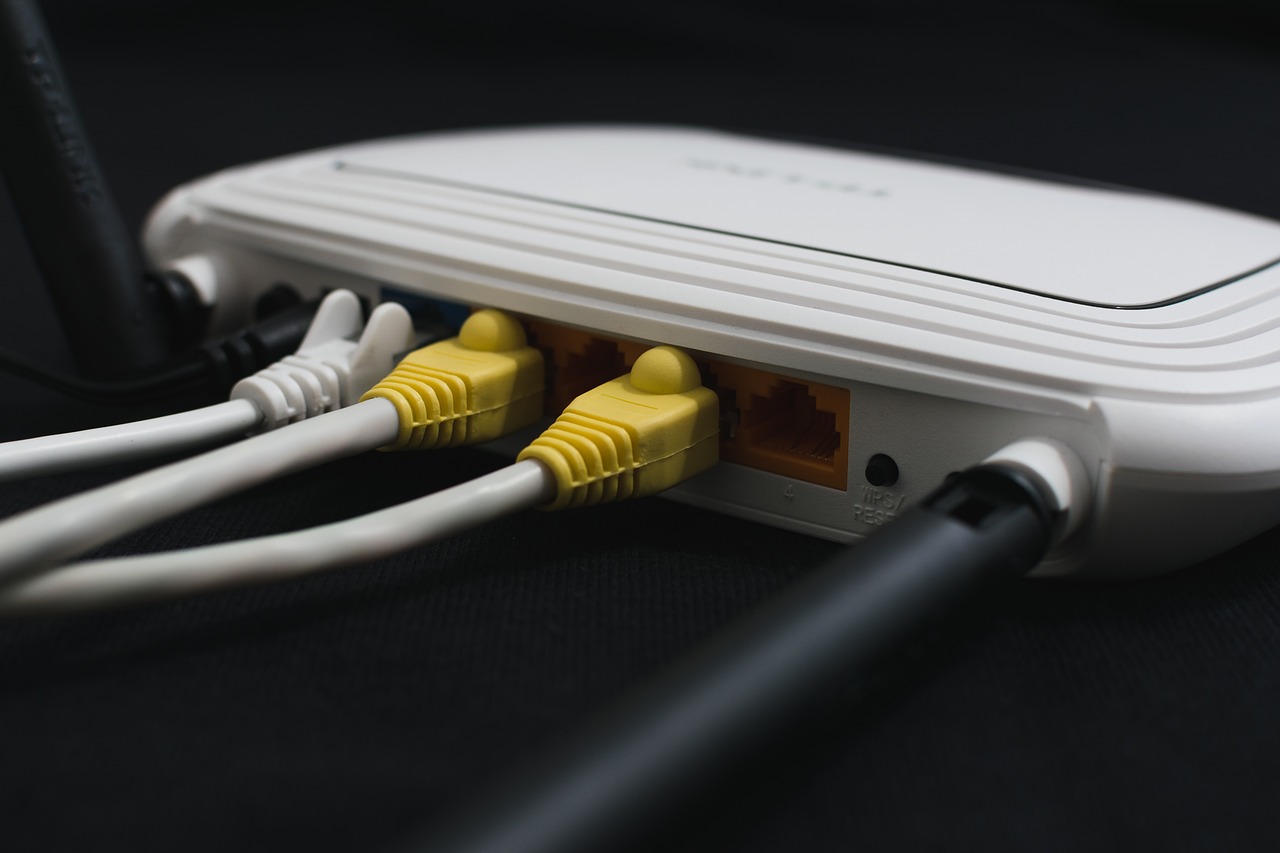It’s Not Me, It’s You: Small Hardware Upgrades to Improve Your Cloud-Hosted System

As you’re probably aware, internet hardware, and, by extension, VoIP configurations can have a lot of moving parts to them. That’s not to say that setting up a VoIP business phone system is difficult – far from it. However, when diagnosing problems with VoIP systems, it’s important to remember how VoIP works in assessing where the problem may lie. To put it simply, VoIP systems depend largely on your internet connection. If something is interrupting your internet connection, this can very quickly affect all of your digital communications, VoIP included.
New Modem, New Day
Case in point: FluentStream recently moved offices, and that meant we had a genuine opportunity to look at our network hardware to make

Cisco Model DPC3941B
improvements. The modem we were running the office off of was the Cisco Model DPC3941B, otherwise known as the Comcast Stock modem (interestingly enough, even though our modem was a Comcast Business Class modem, this is the same model of modem sold to residential customers). However, even with a completely idle connection, we were noticing quite a bit of latency and jitter in our connection. We also saw that the Comcast Stock modem was also dropping our DHCP lease daily, which is a quite the headache in itself.
As a company that, as you can imagine, relies quite heavily on a quality internet connection, we decided to swap out the old modem with a newer model: the Motorola MB8600, using the same router behind both with the same Quality of Service settings. You can see the results in the graph below.

You can see some pretty interesting changes from the moment we switched out the modem. With the Comcast Stock, you can see quite a bit of jitter and latency, not to mention the gap during which the modem dropped our DHCP lease. However, when we switched in the MB8600, our latency dropped, and the jitter reduced.
What’s the Difference?
Alright, so, this article is about to get a bit technical and wordy, so strap in!
Perhaps the biggest difference between the new modems is the Motorolla’s future proofing upgrade to DOCSIS 3.1 from the industry standard DOCSIS 3.0.

Motorolla MB8600
DOCSIS, or “Data Over Cable Service Interface Specification,” is a telecommunications standard used to provide access to the internet through a cable modem. The biggest change with 3.1 is the inclusion of AQM, or Active Queue Management. AQM significantly reduces internet latency, resulting in faster page loads for all web traffic and greatly enhances interactive applications like online gaming and video conferencing. Beyond that, Comcast modem firmware is also notorious for its poor quality. It’s doing a lot in the background that isn’t related to your service, like providing an Xfinity wifi hotspot. The difference in latency could also be due to the fact that you cannot put a Comcast modem into bridge mode anymore, where the router is disabled, and the piece of hardware acts only as a modem. While Comcast does offer a “bridge mode” option for their modem,s traffic is still passed through the routing layer of the Comcast equipment, creating overhead that a dedicated modem will not have.
Hardware Impacts on VoIP
Having a modem with lower latency, and fewer DHCP lease drops will lead to more consistent and higher quality VoIP connections. Having a modem with AQM doesn’t prevent poor call quality by itself, but it would improve overall stability. Why is this?
Older modems and routers have large packet buffers, which create what is known as “Bufferbloat.” While the Bufferbloat Project has a great analogy involving highways and parking lots as network connections and buffers, the concept is relatively simple. With high-speed networks, older modems need caches, called “buffers” to temporarily store internet packets to ensure smooth transmission of data. Without this, older modems would get bogged down trying to transmit all the data to and from the end user, leading to severe packet loss. The downside is modems with large buffers can lead to very delayed packet delivery, which can be devastating to a VoIP system. Newer modems, like the MB8600, are moving away from these large caches, as severely delayed packets are often just as bad as lost packets, so simply dropping and re-transmitting as necessary smooths out the stability of the connection. VoIP will sound better if you suddenly drop 0.5% of packets than if you suddenly introduce a 500-millisecond delay.
In short, when you’re having connectivity issues with your VoIP business phone system, it’s important to consider the state of your hardware. Simple upgrades can mean a world of difference in the quality and consistency of your VoIP system.


